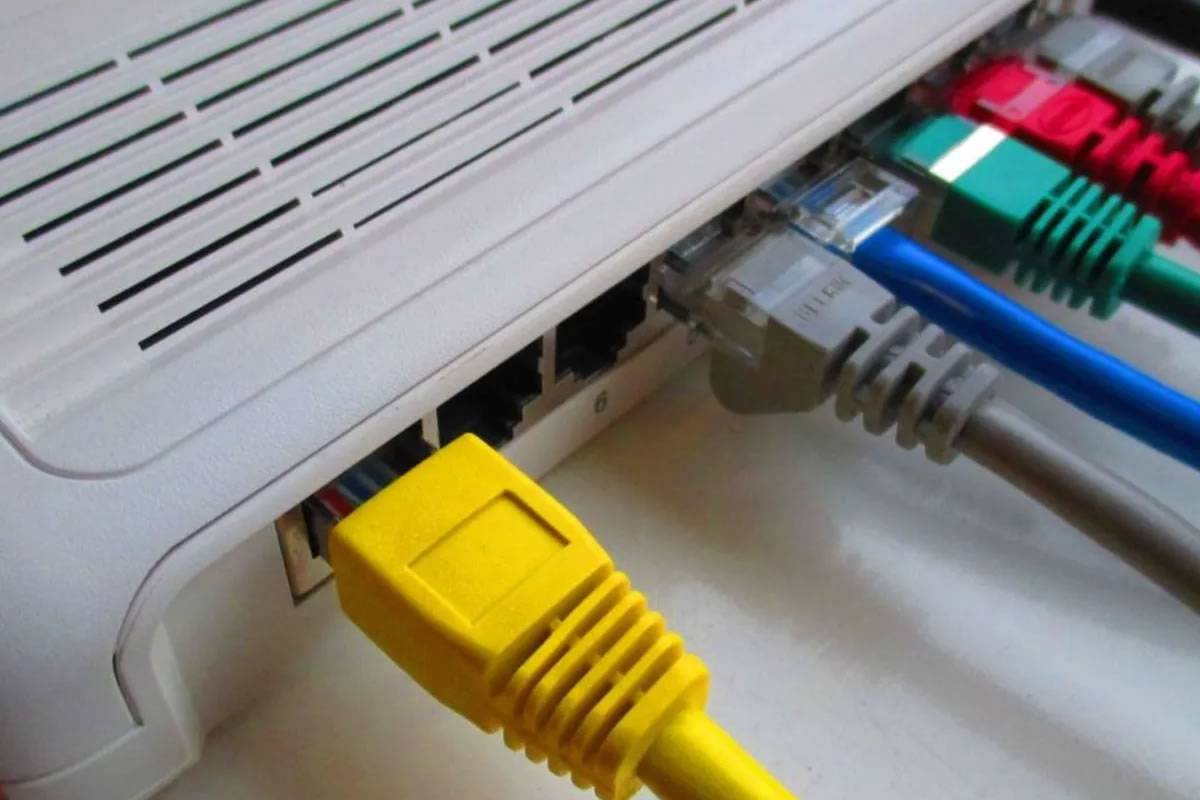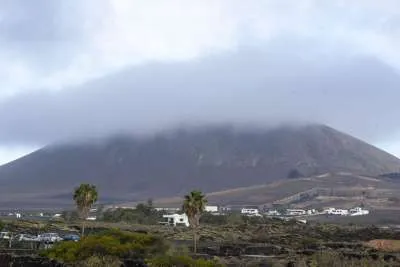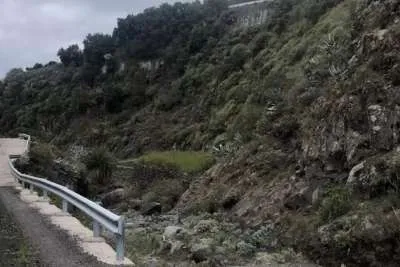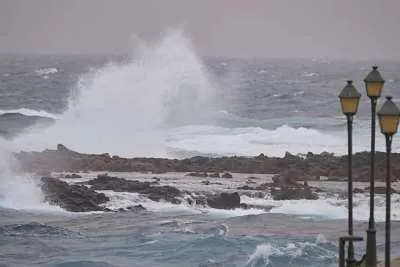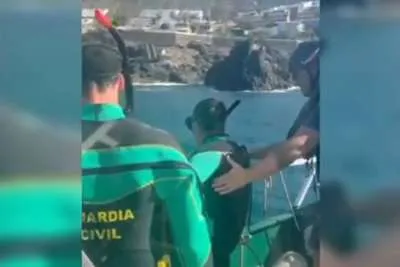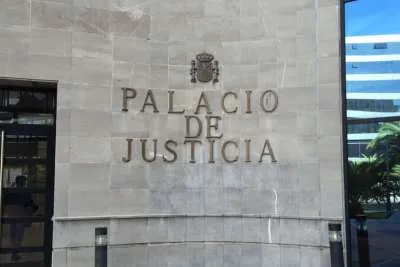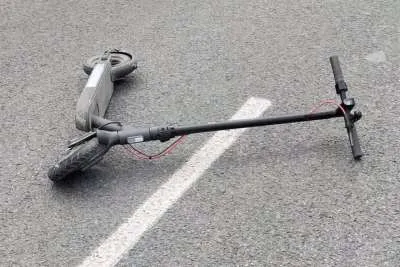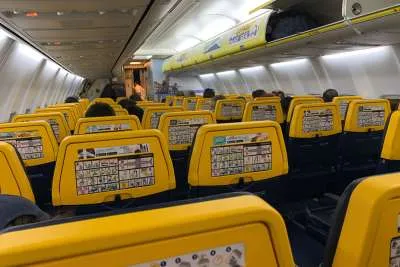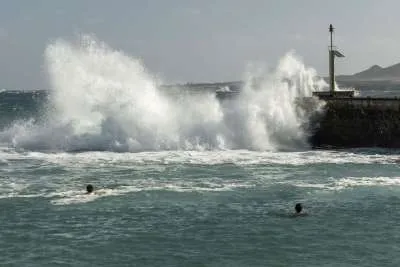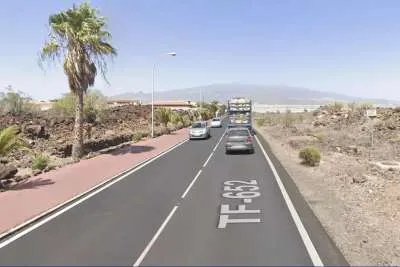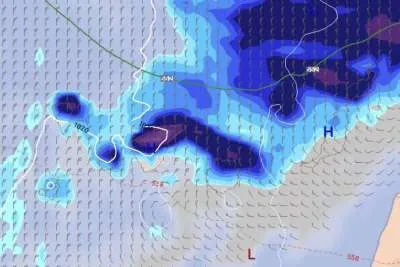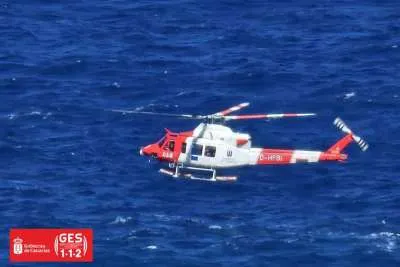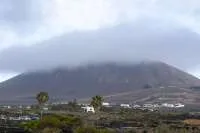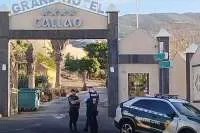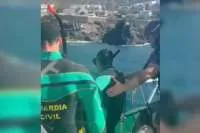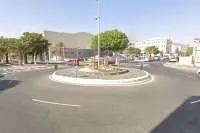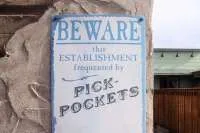ADSL is ending in the Canary Islands: Over 100,000 users are affected
- 17-05-2024
- Business
- Canarian Weekly
- Photo Credit: Telecinco
The era of ADSL is rapidly coming to an end in the Canary Islands, threatening to leave more than 100,000 users across 26,000 households without internet. Most of those affected are based in rural areas where fibre optic and broadband internet have yet to reach.
Currently, the islands rely on 24 copper exchanges essential for ADSL data transmission. Out of these, seven have already ceased operations, with the remaining 17 set to shut down this year - one in May and the rest by October.
Eurona's Satellite Internet Solution
Eurona, a company specialising in connectivity services for rural and remote areas, has launched the Conéctate 100% plan in the Canary Islands. This initiative aims to provide satellite internet to the thousands who will be affected by the ADSL shutdown, and primarily targets rural zones where many will lose their internet connection once the copper exchanges are decommissioned.
Through the Spanish Government's UNICO Demanda Rural Program, funded by European grants and operated by Hispasat, users can access broadband via satellite. This solution bypasses the need for fibre optic installation by local operators.
Subsidised Satellite Connection
Eurona's Director of Business and Operations, José Miguel García, explained that those affected need to contact an operator and document their current lack of broadband access. Upon subscribing, users must verify with the cadastral unit that broadband is unavailable in their residence, making them eligible for a government subsidy.
The Spanish Government will subsidise satellite internet access until the end of 2027. The service, costing 35 euros per month, will offer download speeds of 200 Mbps and upload speeds of 10 Mbps.
The subsidy ensures uniform pricing and support duration across all operators, eliminating competition and simplifying the transition for users.
ADSL providers have faced difficulties in notifying users about the need to switch to either fibre optic or satellite connections. Telefónica initially sent letters informing users about the copper exchange closures and the fibre optic alternative. Subsequently, notifications were sent via invoices, SMS messages, phone calls, and finally by burofax to ensure legal confirmation of attempted contact.
Other articles that may interest you...
Trending
Most Read Articles
1.
Featured Videos
A Vision of Elvis Tenerife Promo
- 10-05-2025
TEAs 2025 Highlights
- 17-11-2025


